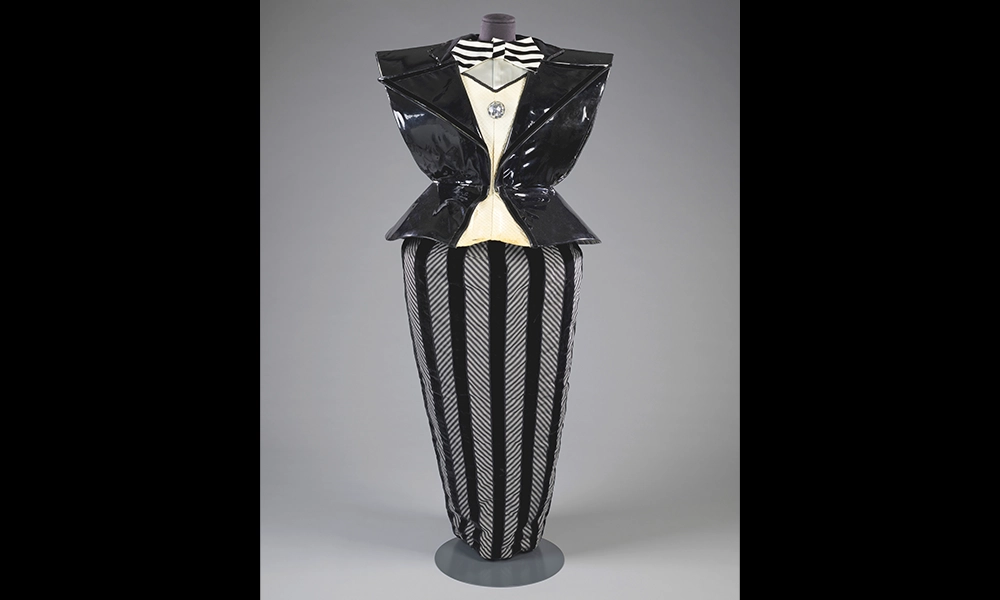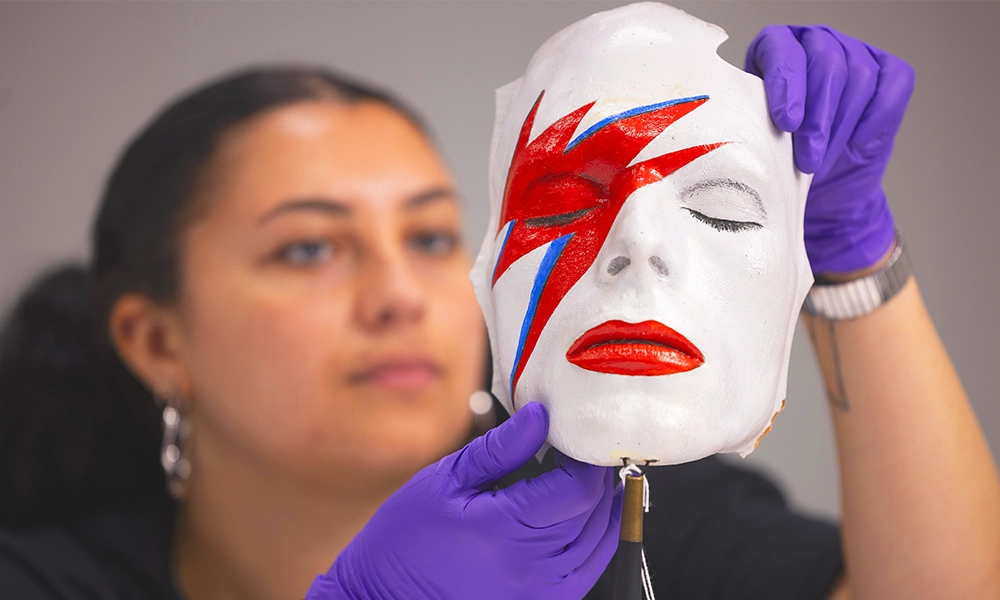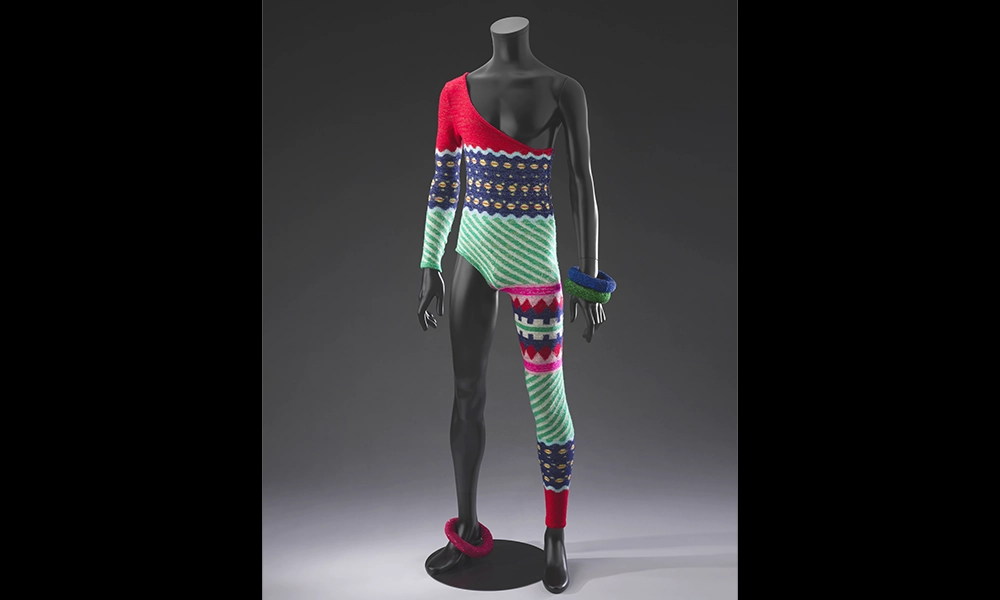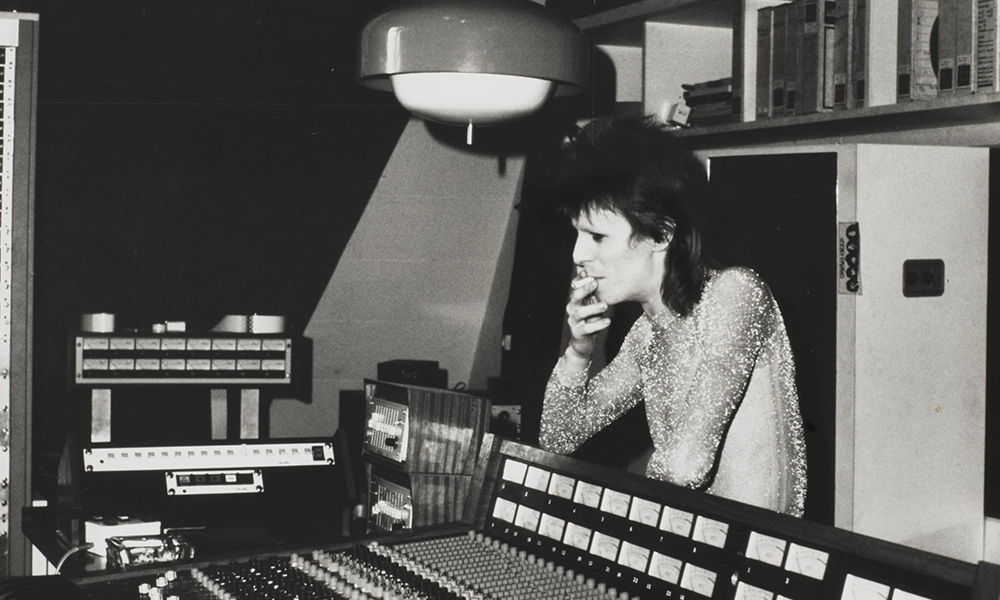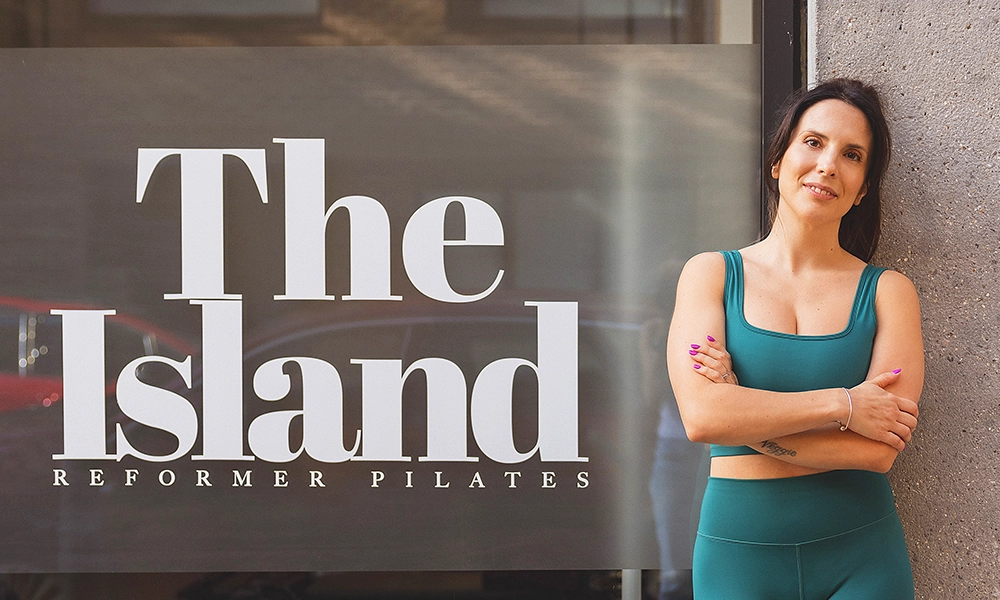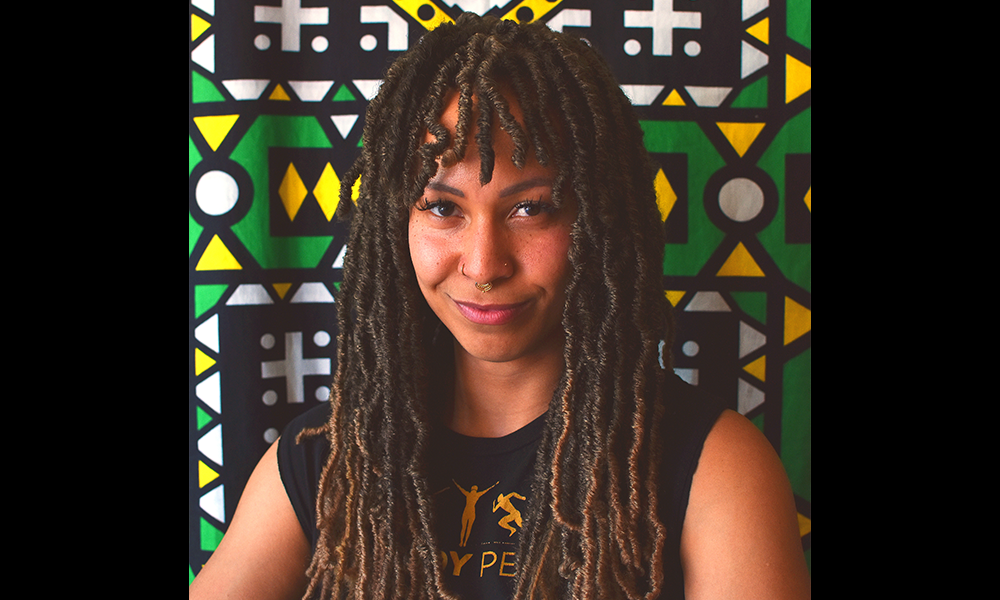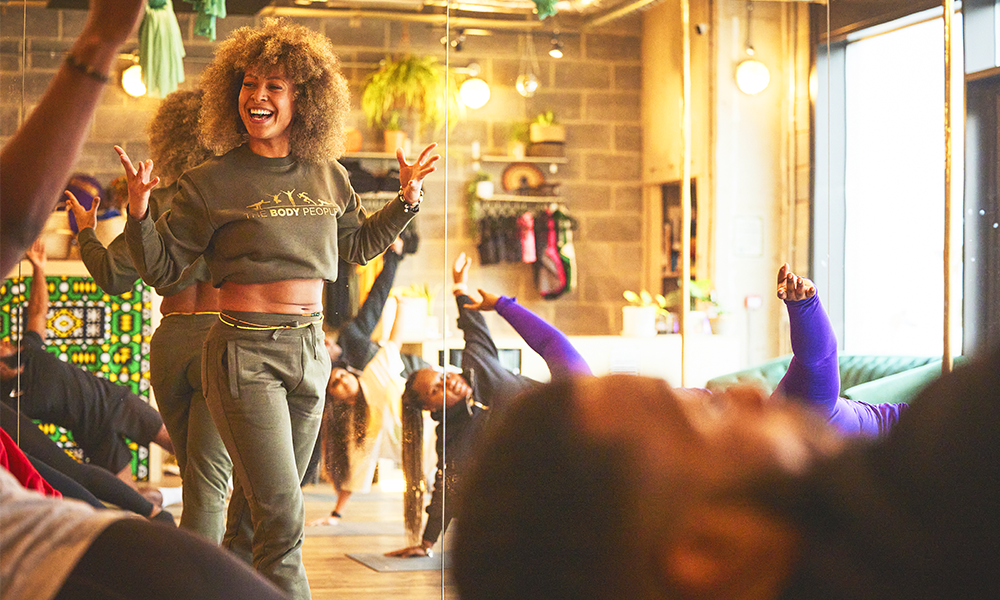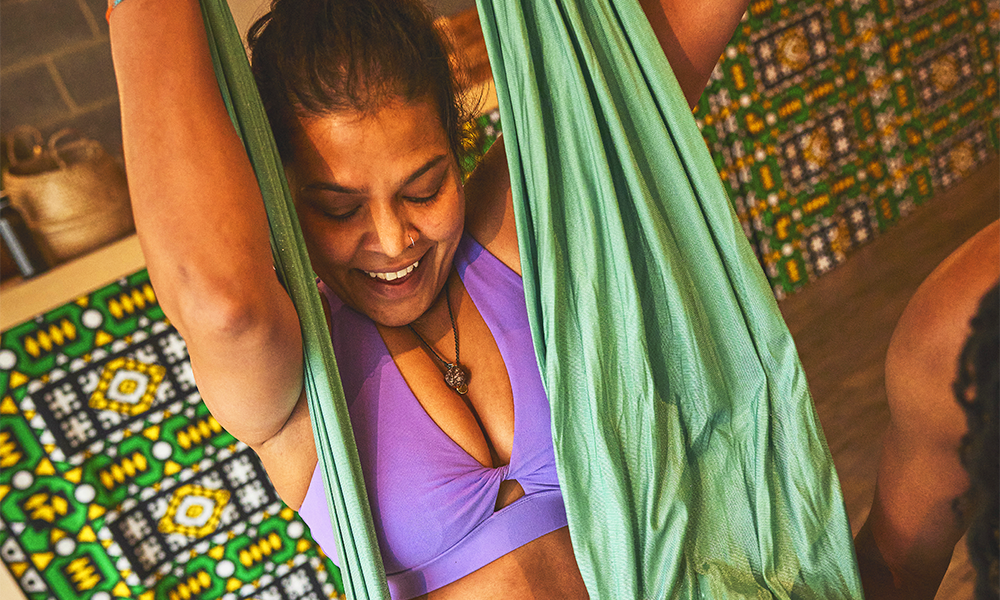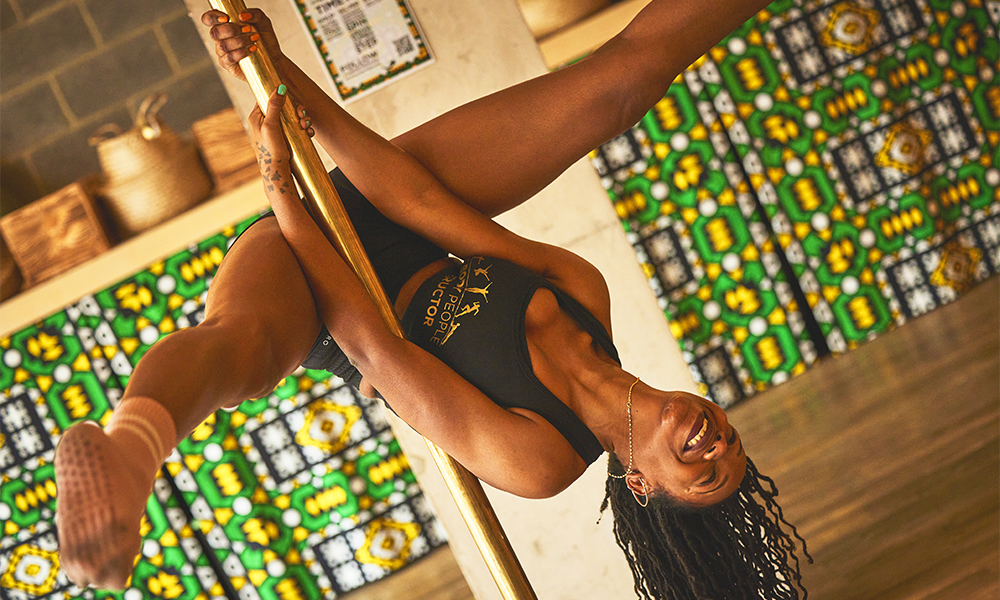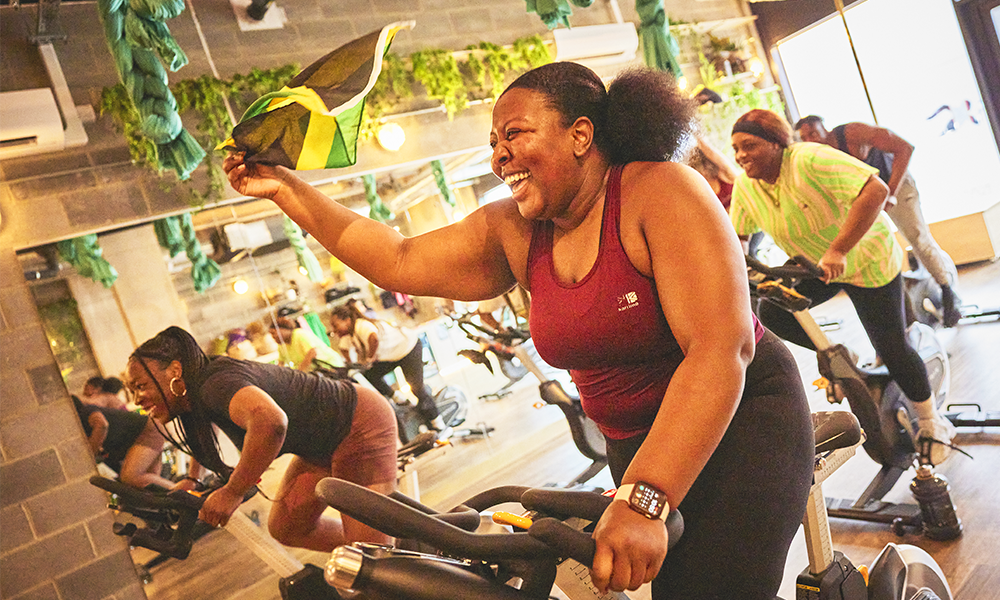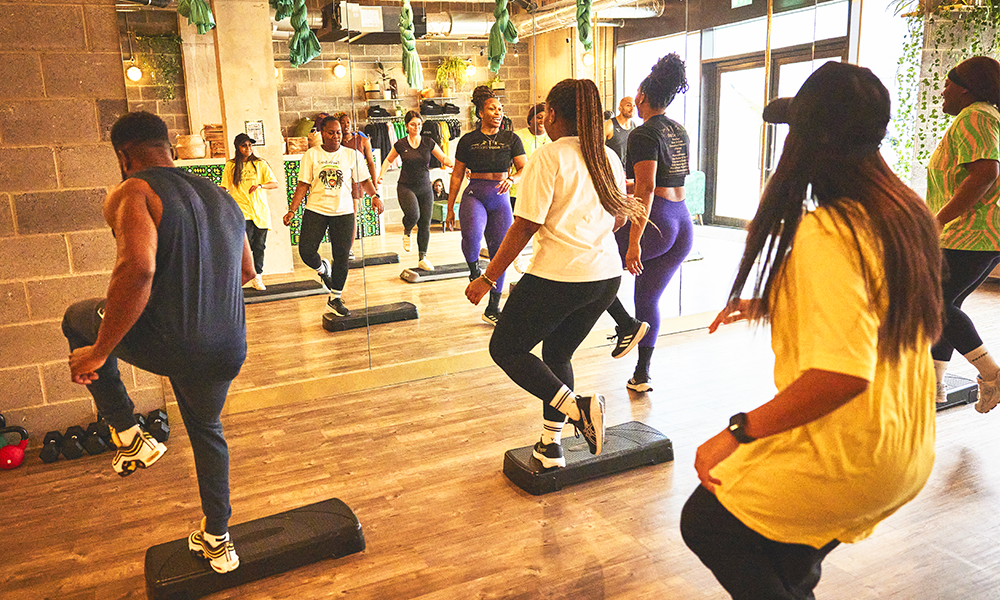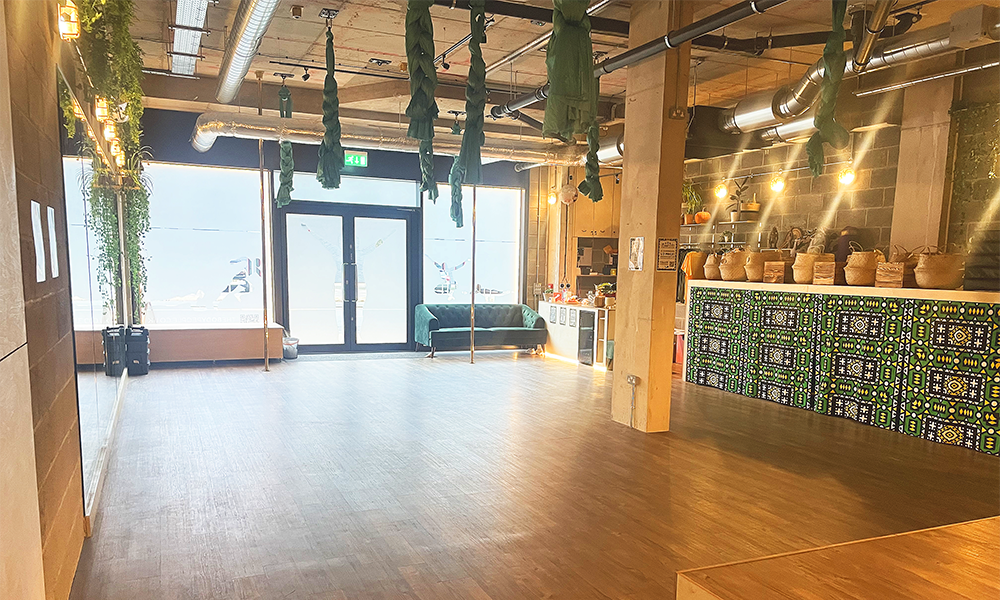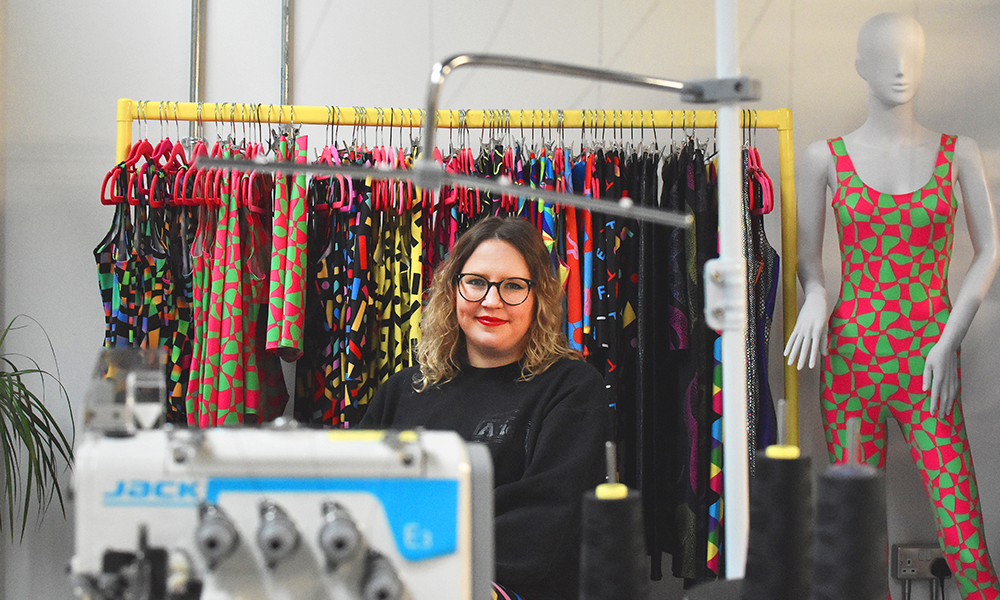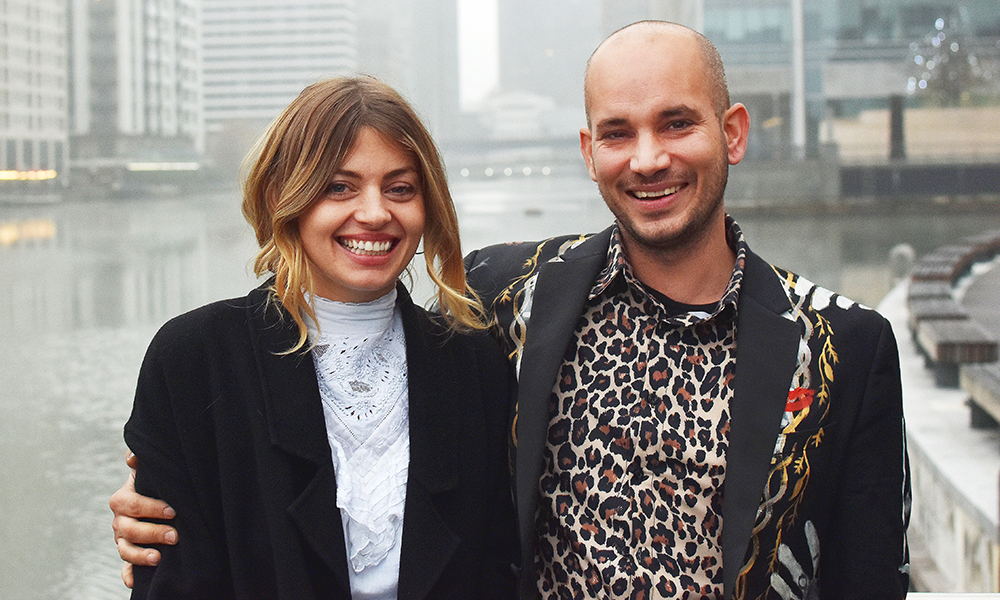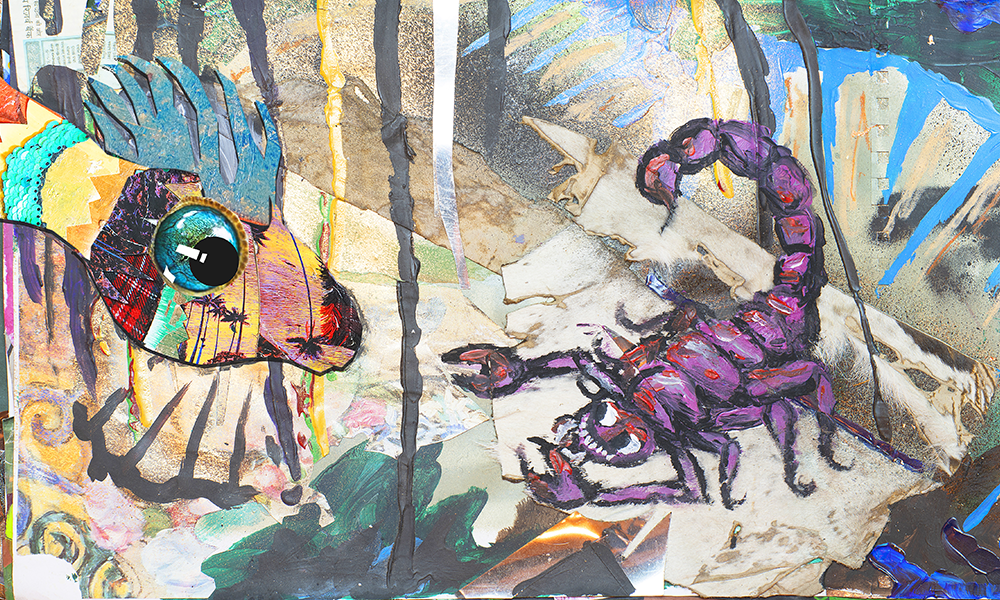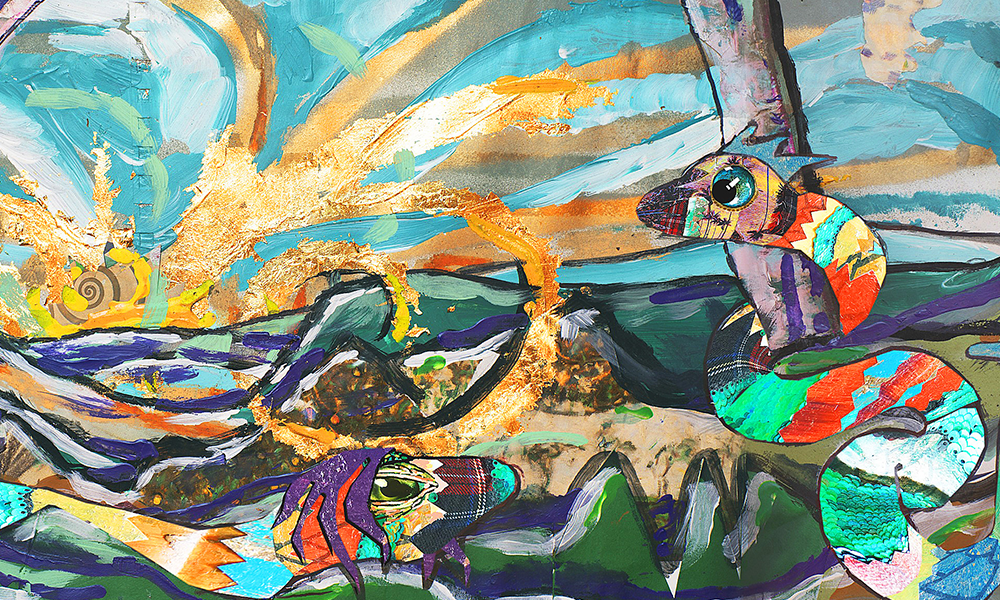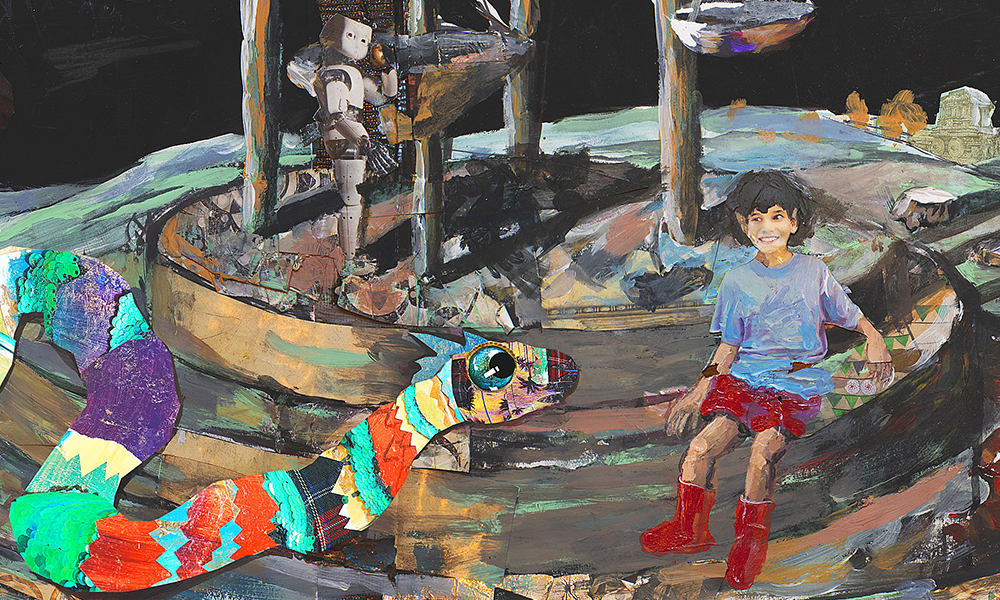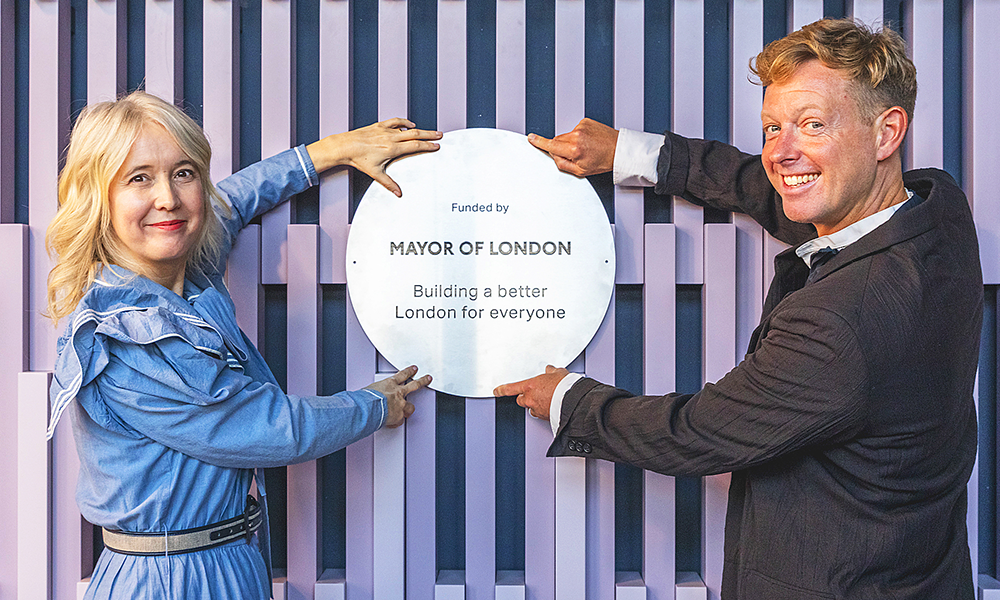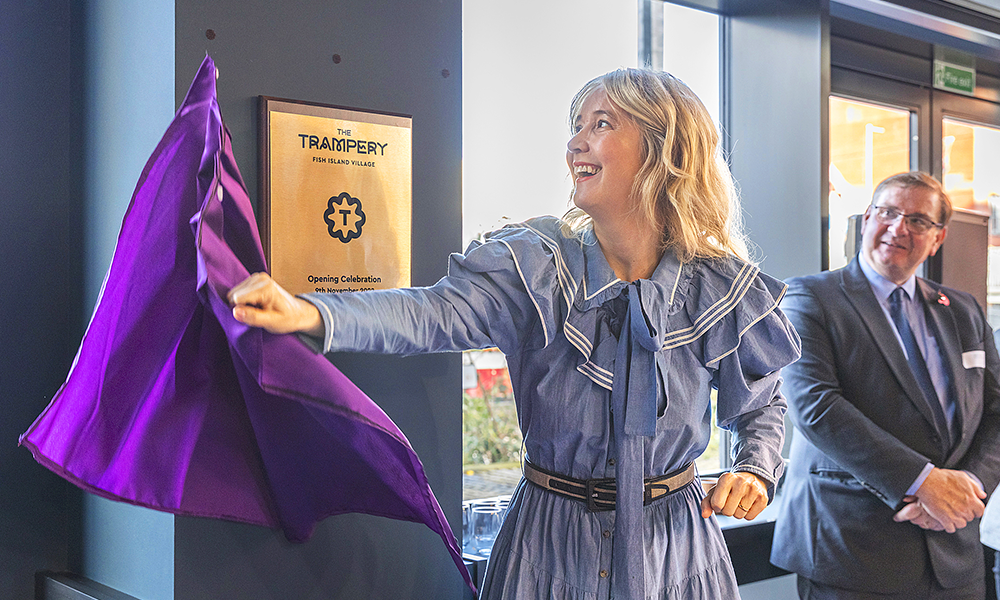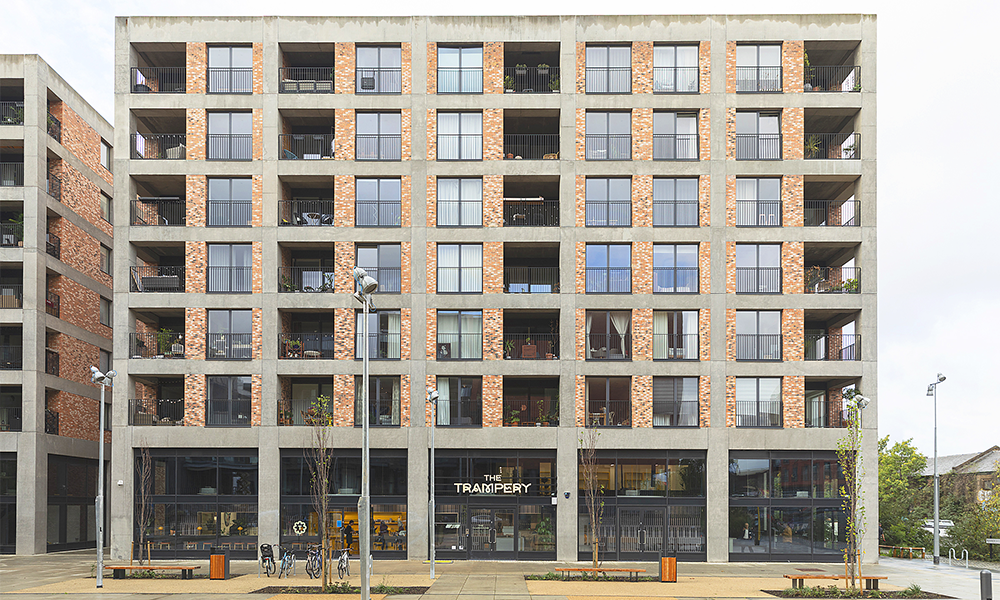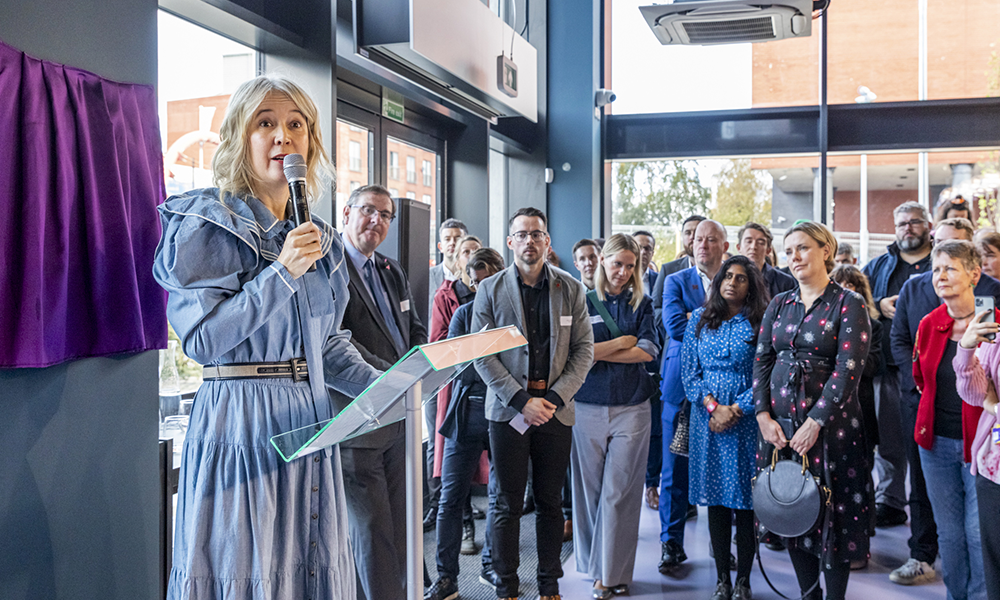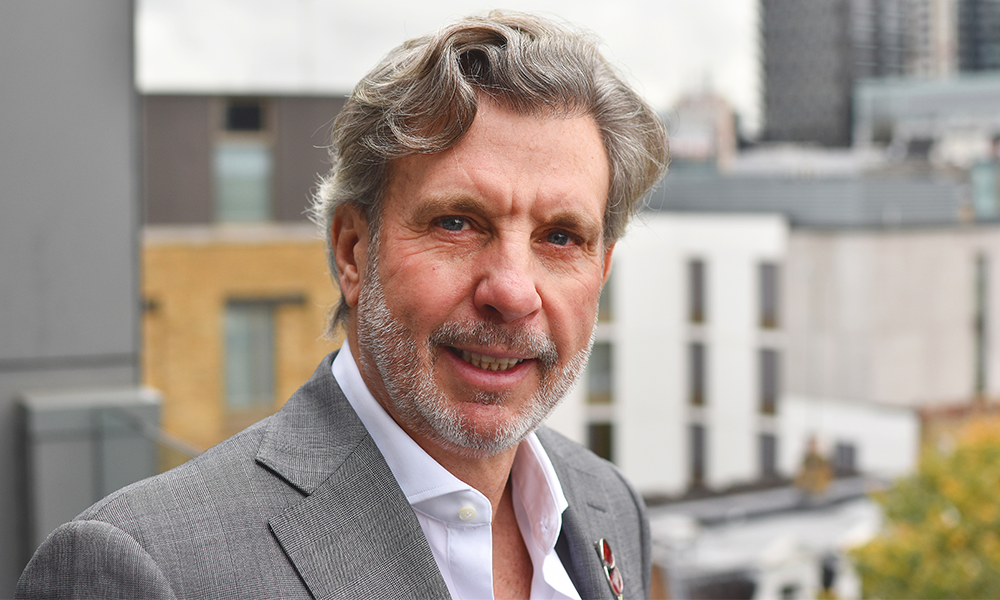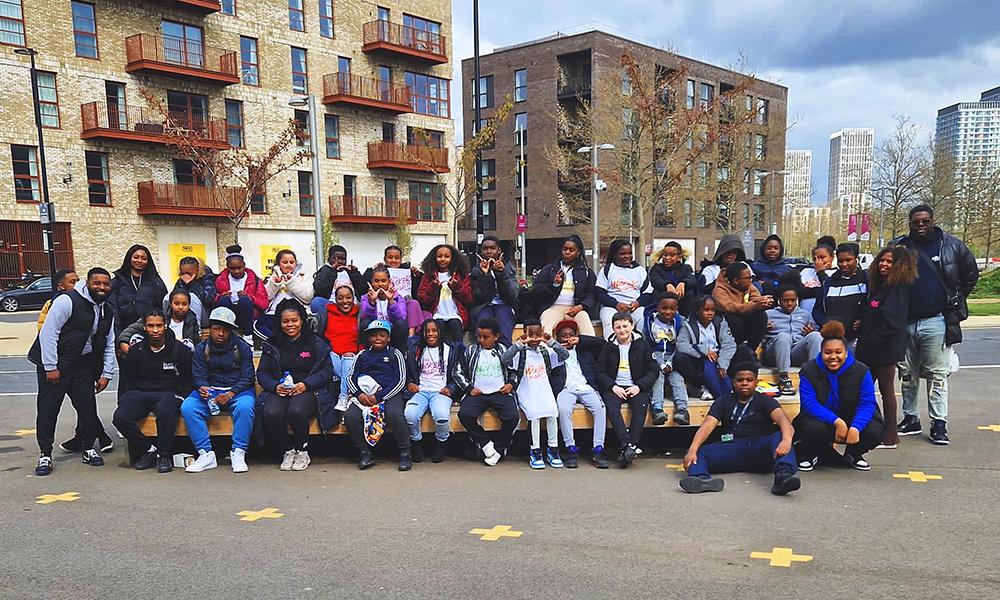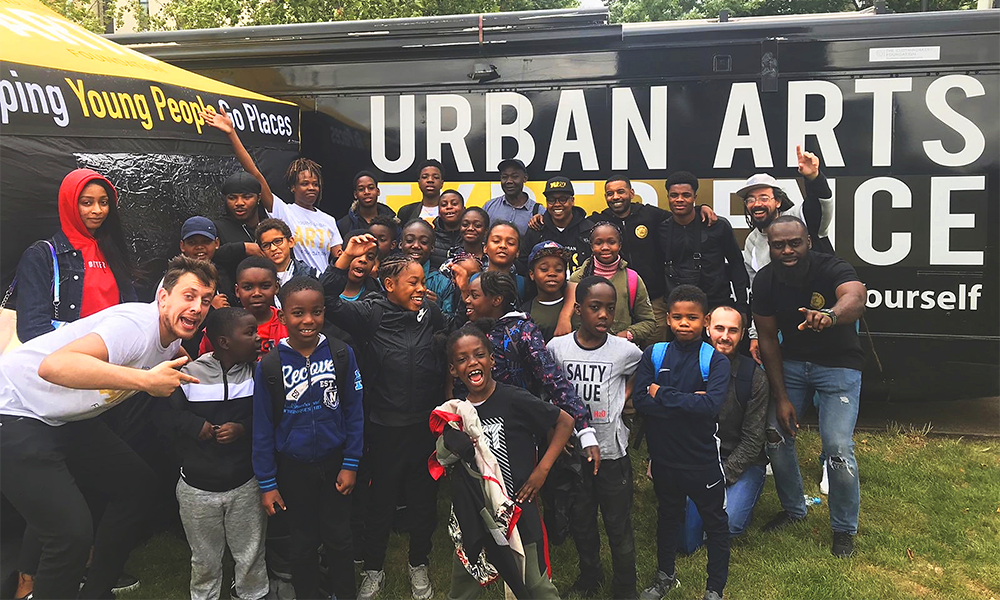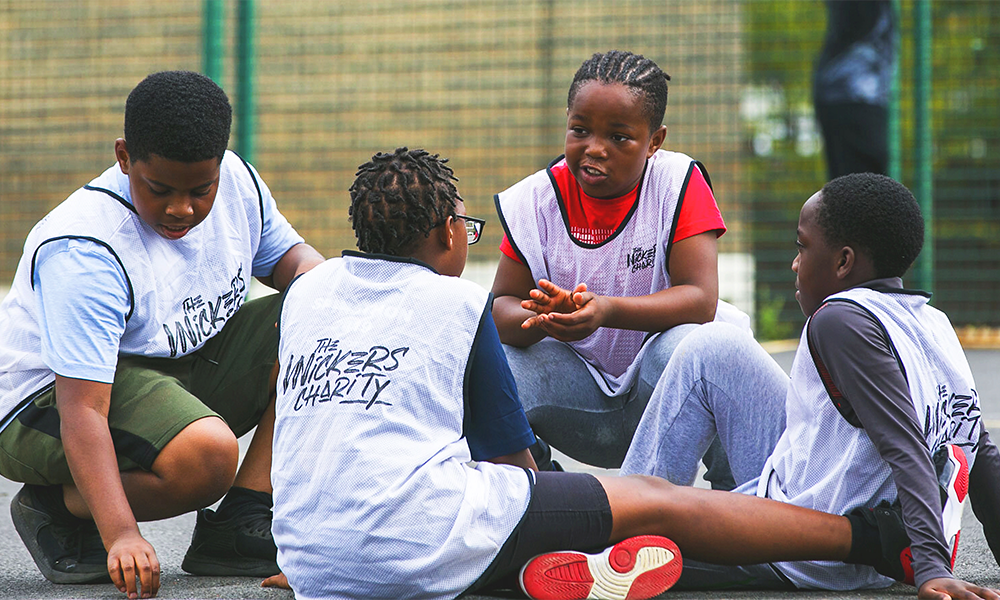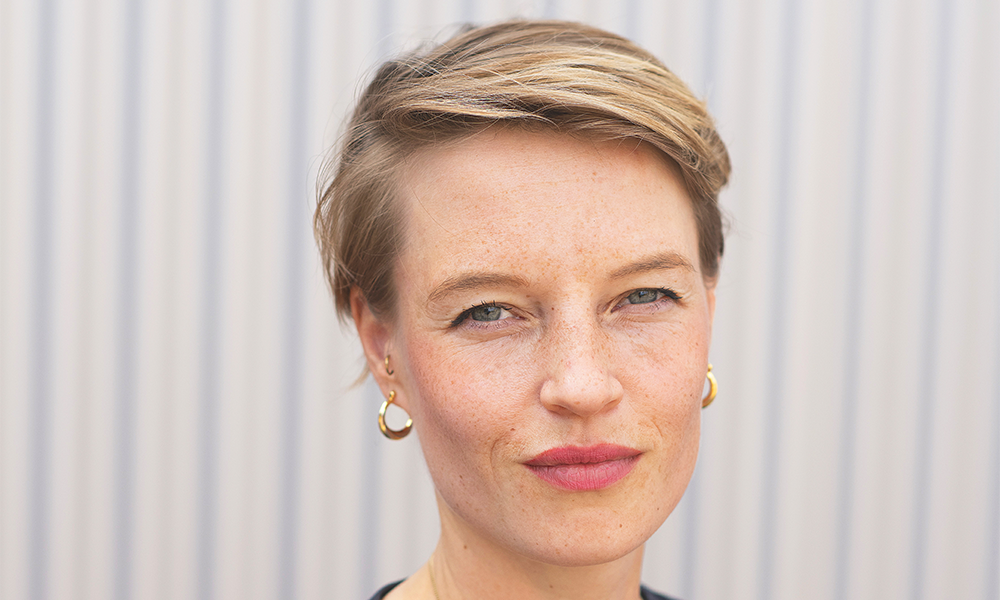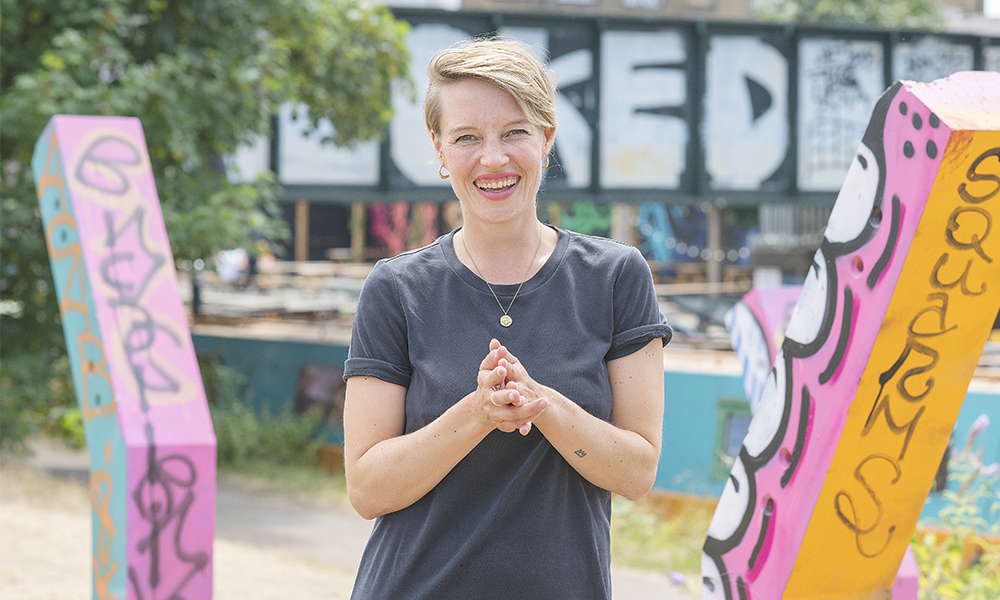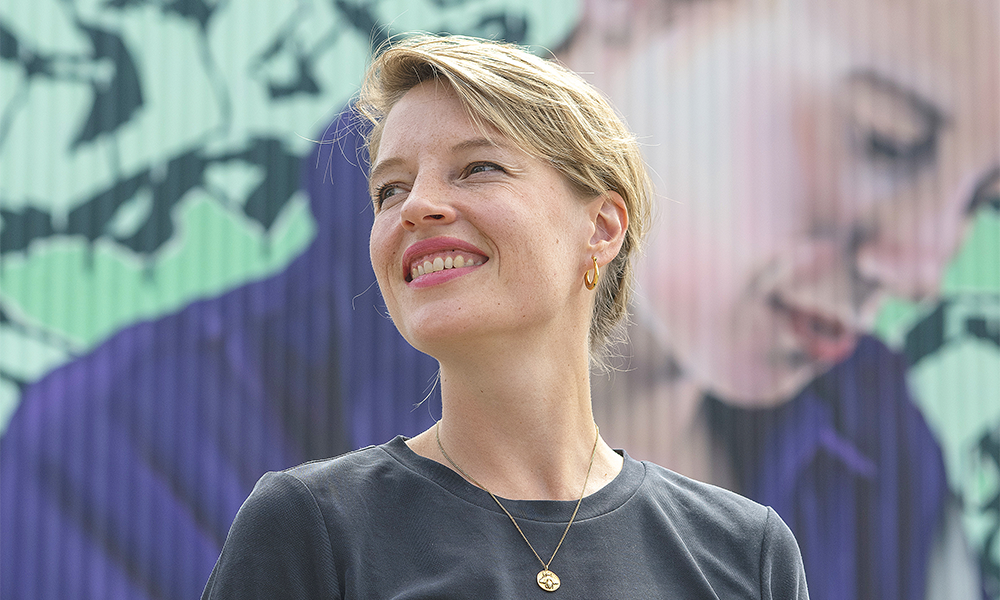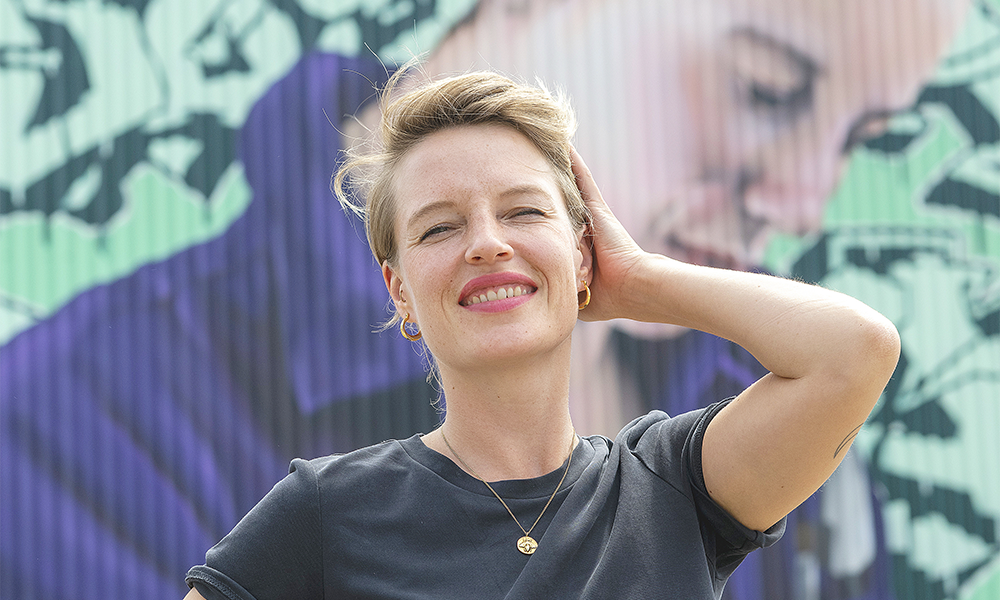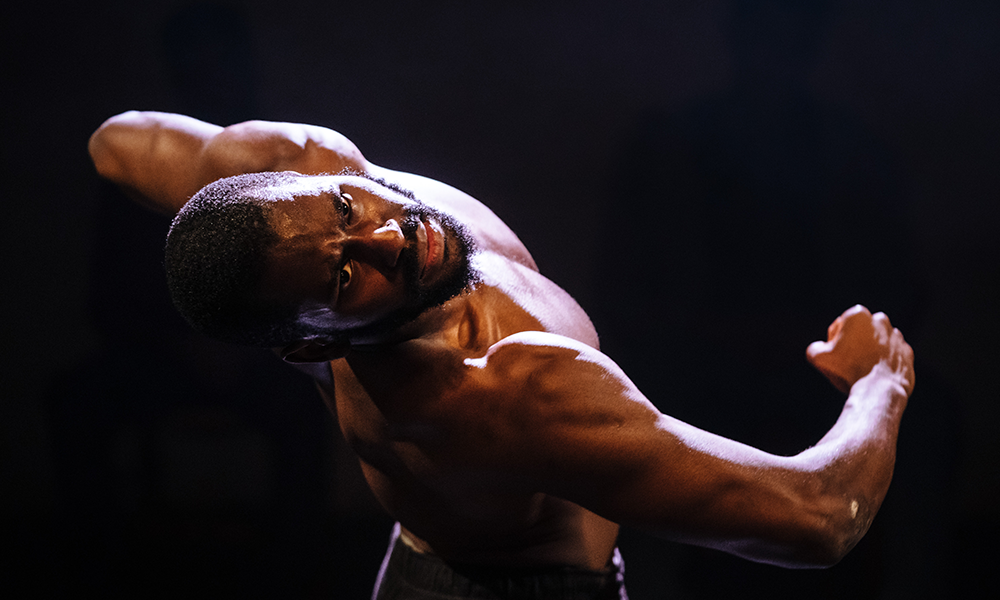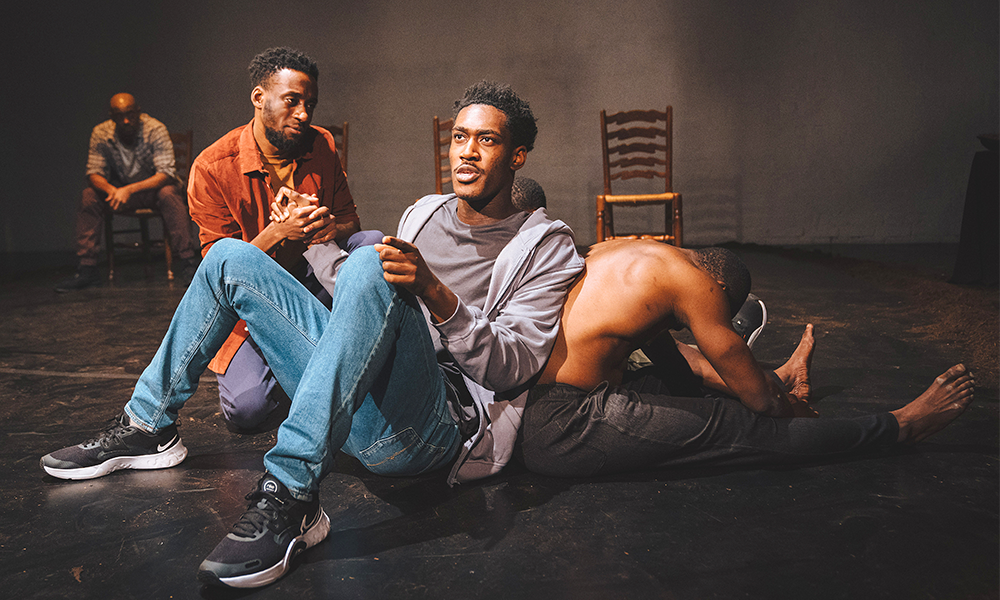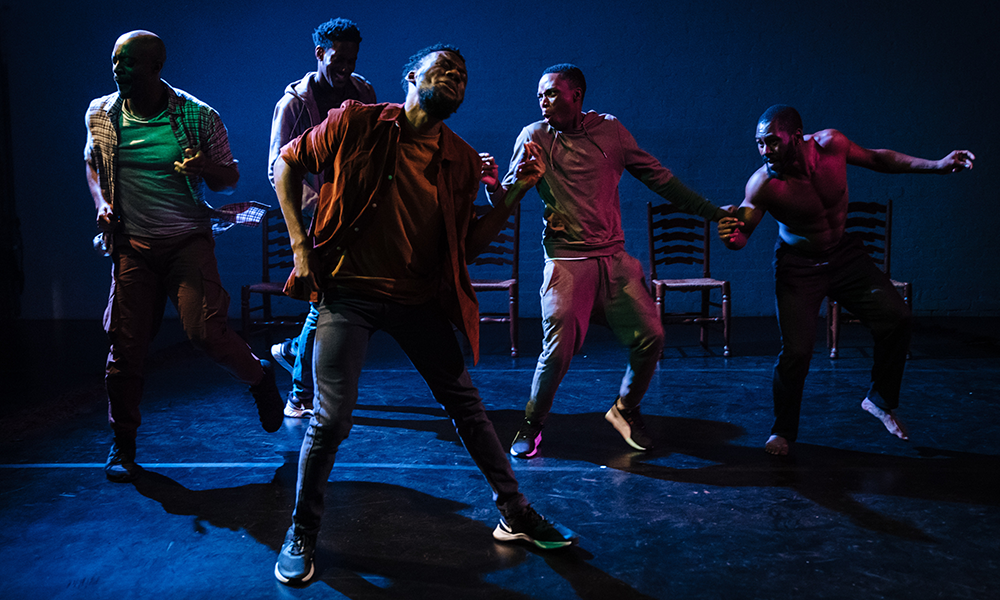Hackney Wick brand expands to Canary Wharf by launching a new meeting point filled with craft beer, pizza and music opposite a sculpture of a whale
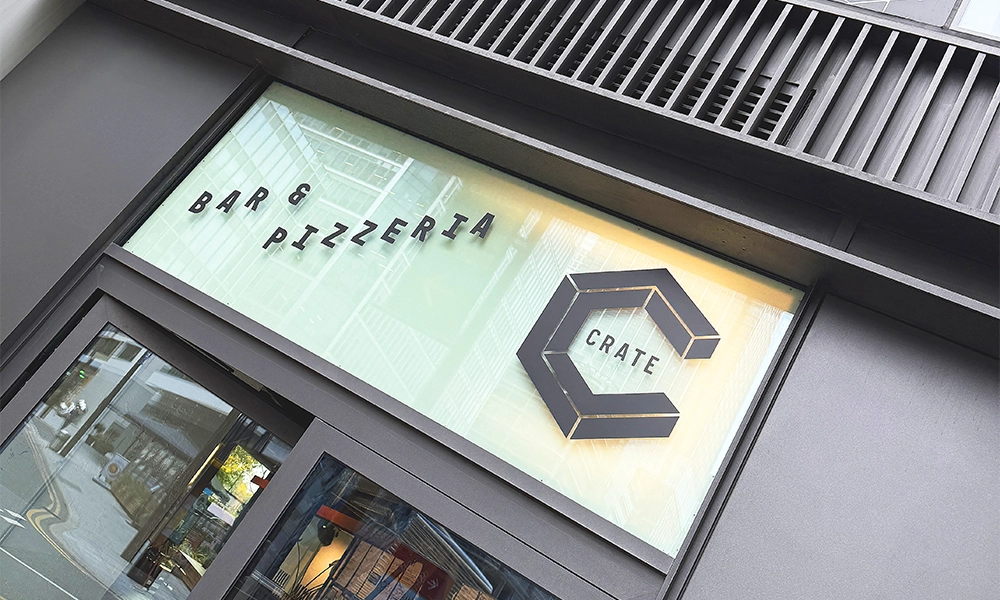
Subscribe to our free Wharf Whispers newsletter here
For 13 years, the beer, buzz, beats and pizza on paper at the White Building have shaped the heart of Hackney Wick in east London.
Now, the ripples of Crate have made their way down the canal from that neighbourhood to find a new space to reverberate through, opposite the whale at Wood Wharf.
The company has opened its second site, a new bar and pizzeria, in the unit formerly known as Fish Game – a lamented closure given the strength of its cooking under Matt Colk, but perhaps a foregone conclusion due to the owner’s insistent focus on serving primarily beasts whipped from the water or blasted in the hedgerows.
Since then, a rapid miracle has been pulled off, with the old restaurant’s maximalist fripperies stripped out to leave a spare industrial aesthetic more in keeping with Crate’s warehouse home in the Wick.
That’s not to say, however, the place that opened earlier this month isn’t warm. On the contrary, the simple design is merely a frame for its core functions.
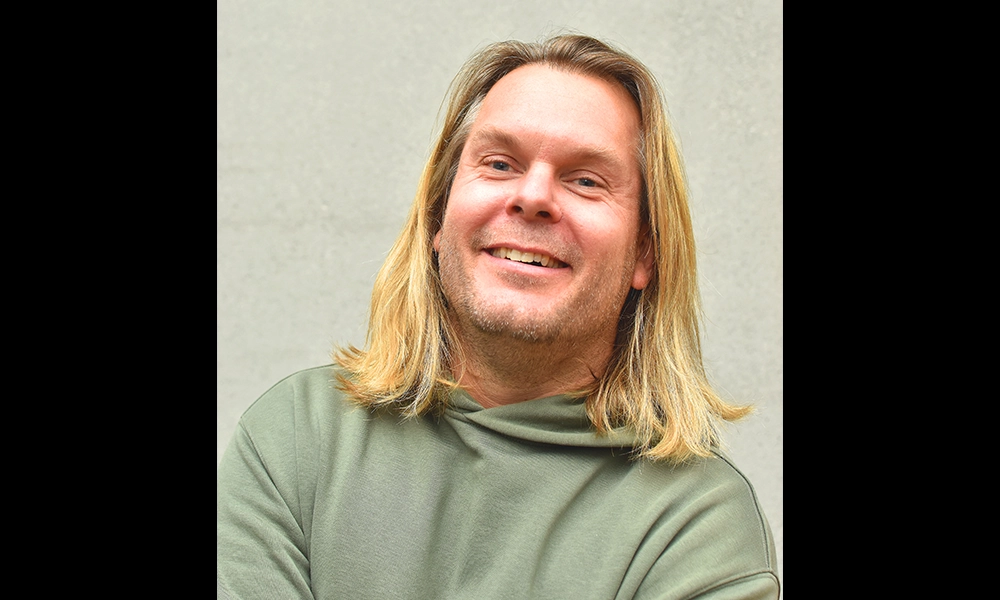
from Hackney Wick to the Wharf..
“What we’re trying to create here is a translated version of what Crate is in Hackney Wick – a meeting point close to a station,” said Tom Seaton, who co-founded the business with his sister, Jess Seaton, and their friend, Neil Hinchley.
“It’s a place where people can call in on their way home or on their way out – somewhere where everyone knows what they’re letting themselves in for.
“It’s not very expensive or exclusive – it’s for everyone.
“Bring your friends – 30 if you like. We’re not going to turn you away.
“If you can get through the door, you’re welcome.
“We want people to make friends and perhaps find their life partner – that happens a lot. There’s at least 20 marriages we know of.
“One couple, who had their first date at Crate in Hackney Wick flew our customer service guru Jerome to Scotland for their wedding because he’d made that evening so special for them.
“That’s what it’s all about – people coming together.
“At Wood Wharf we want people to stop by and choose to have a drink with us as part of their plans.”
Crate’s story began when siblings Tom and Jess opened The Counter Cafe in Hackney Wick in 2008.
Having grown up in New Zealand amid a scene that was embracing decent coffee and brunch, they decided to start a business in an abandoned warehouse during a financial crisis, but made a go of things amid the economic turmoil.
Having created that foundation, they went on to team up with BBC radio producer Neil – who’d just completed a brewing course – one day after agreeing to take on the White Building as part of the delivery of the 2012 Olympics just across the canal.
Opening initially as a microbrewery, bar and pizzeria, Crate expanded in Hackney Wick and “a huge amount of things happened”.
First the business opened a proper brewery next door to give it sufficient tank space to keep up with demand.
Then there was the kombucha business and a nightclub.
With increasing competition in the market and tiny margins, by 2020 the brewing business had become unsustainable, however, and Crate had some tough decisions to make.
“It was a horrible thing to have to go through but we realised that the only way we were going to put ourselves back in a secure position was to close everything besides the White Building,” said Tom.
“We had to protect the root stock. Since then, Jess, Neil and I have taken on more operational roles and we have a managing director who looks after the corporate stuff.
“That allows us to get on with getting stuff done on the ground.”
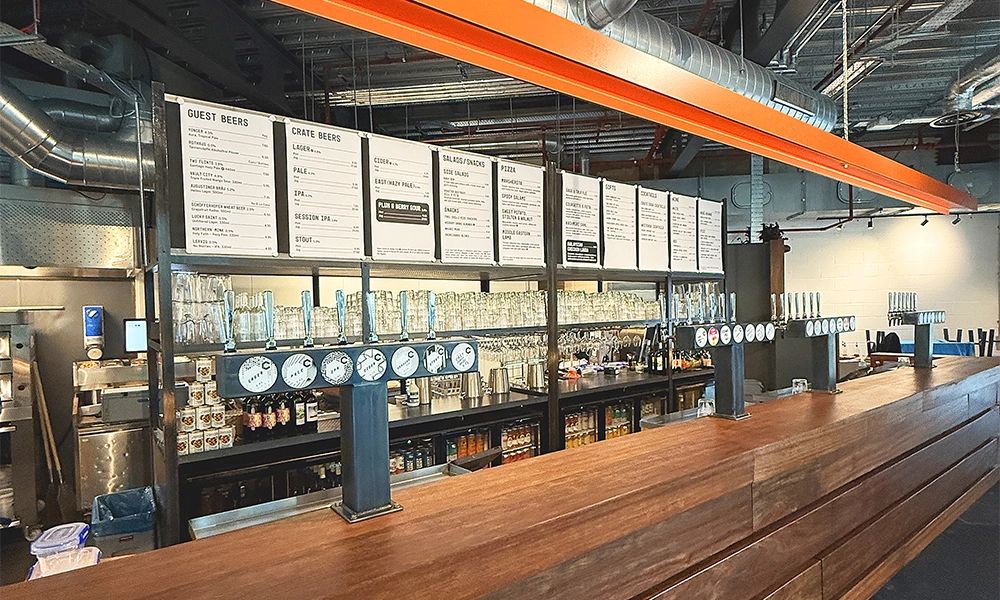
the offering at Crate
Crate now makes its beers at Purity Brewing close to Birmingham with its range also stocked at its bars.
Wharfers can expect a pale ale, a lager, a session IPA, and IPA and a cider alongside guest beverages.
The expansion to Wood Wharf feels a little like the start of a new chapter.
Fresh pints pulled and placed on newly hewn wooden tables ready to fuel talk of ideas and future adventures.
Tom said: “The White Building is going strong and we’re in a simpler and clearer situation. We’re now looking at how we grow the business.
“We’ve always wanted to expand, to open more Crate experiences, but we needed to find somewhere we could put our stamp on.
“The test is whether we can make a place feel like we, our friends and our family are in Crate. Wood Wharf feels great.
“We’ve only just opened, but there are encouraging early signs.
“We don’t really do big shouty launches – we’re going to be here for a long time and, for the moment, it’s just nice to have people come in and discover us.
“Canary Wharf has a really nice community and we’ve had a couple of launch nights where we’ve been able to see people at every table which is awesome – the space is just how we imagined it with guests laughing, smiling and talking to each other.
“The music element is also really important for us.
“We run a festival called Flamingo Pier in New Zealand and we’ll be having DJs at Wood Wharf on busier days just as we do in Hackney Wick.
“It’ll probably be more a listening bar than a rowdy day rave, but there will be the same kind of music and feeling.
“We just want to play stuff that makes people smile and chat – if you’re after dark techno you’ll probably have to go elsewhere.”
What Wharfers can expect from the new venue is plenty of pizza, stone baked and served on sheets of paper.
Flavours include a classic Margherita, Spicy Salami, Sage And Truffle, Sweet Potato With Stilton And Walnut and Middle Eastern Lamb.
In addition to Crate’s own beers, the bar will be serving guest brews, wines and its range of canned cocktails.
Expect to pay around £7 a pint for a beer and about £13 for a pizza, although cheaper options are available.
key details: Crate at Wood Wharf
Crate is now open at the junction of Water Street and Park Drive in Canary Wharf’s Wood Wharf.
The bar and pizzeria is open from noon until 11pm Sunday to Thursday and from noon until 1am on Fridays and Saturdays.
Find out more about the new opening here
Read more: Amazing Grace set to open second location in Canary Wharf






